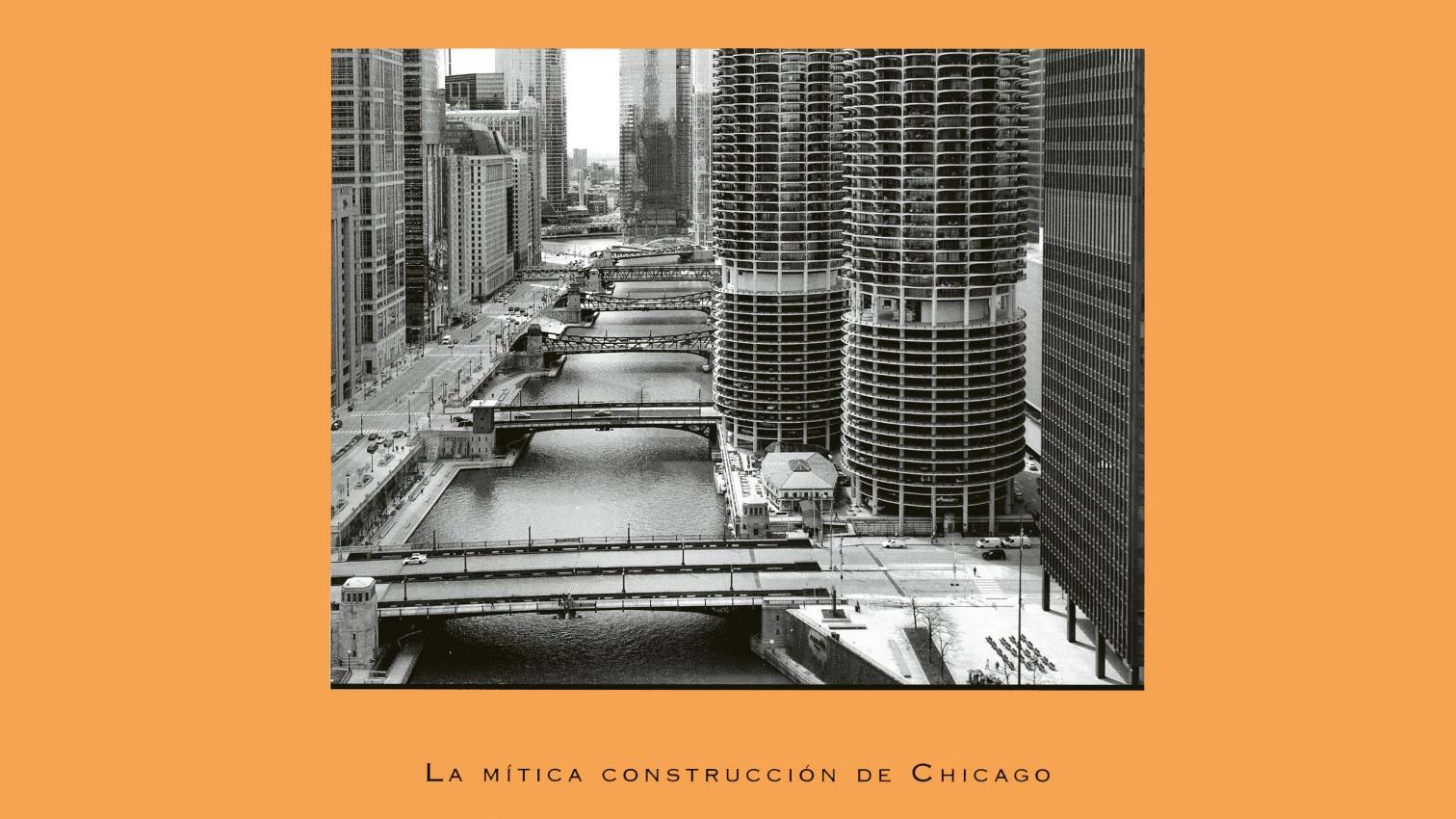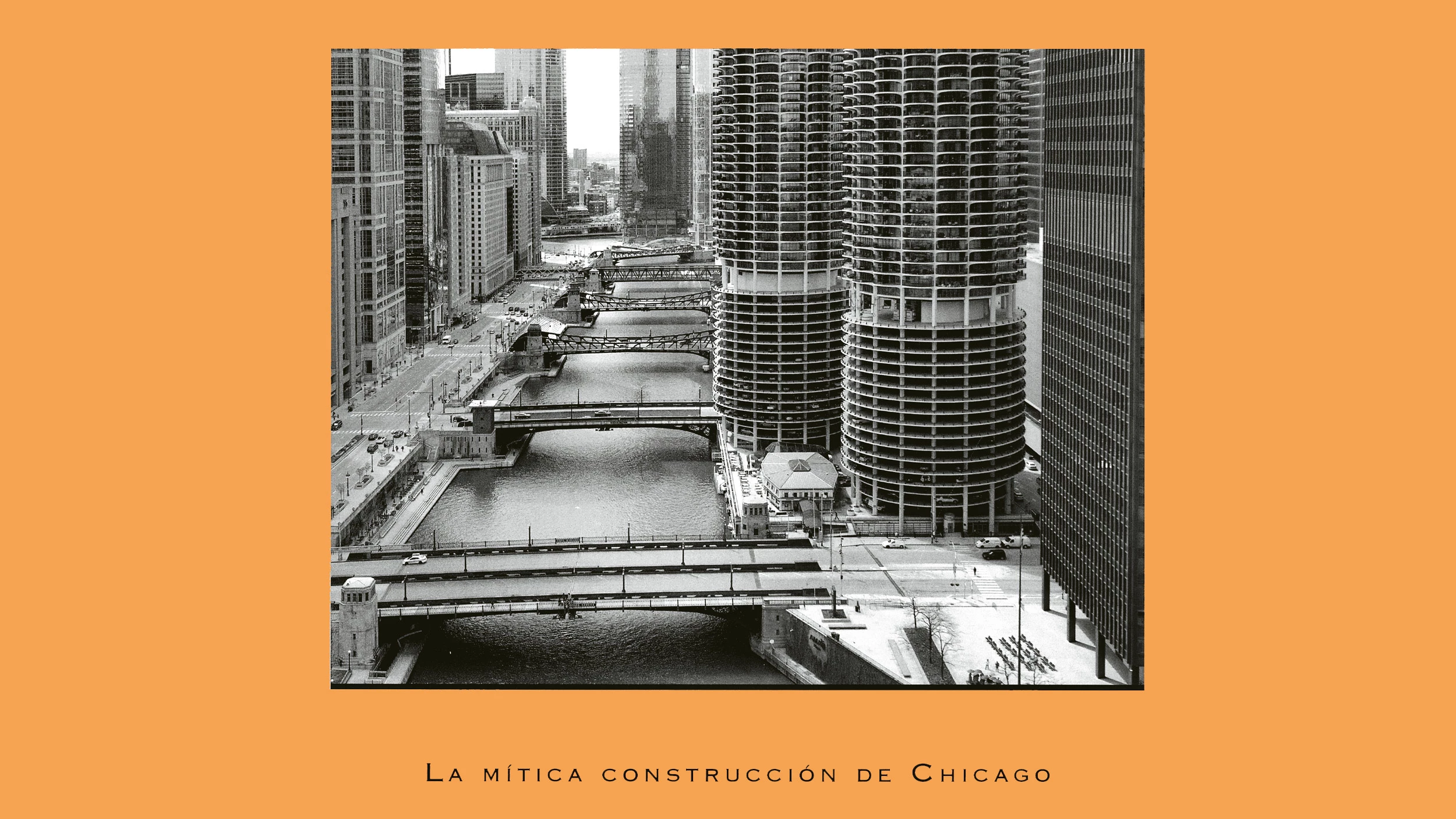
Chicago’s cool. So begins ACS’s tenth book on cities, though it’s not that simple. The myth of Chicago is not only due to its place and history. Its hydraulics, buildings, and bridges are important, but not enough to cover the city’s significance. Neither are its charismatic personalities. The city’s footprint exceeds its narrative.
The story of the lure of Chicago starts from the very beginning, with the pros and cons of its site. The original lake and river flows, drainage problems, the canals, and the reversion of the Chicago River are captured in maps. We see the grid of the city and the plans for the urb after the 1871 fire, Olmsted’s park designs, and the 1908 Burham and Bennet plan. Chicago became a railway hub, a city strewn with train tracks, proud of its stations and bridges. It’s where the skyscraper was born. It pioneered inner metal frameworks, structural stone facades, and foundations on clayey mud. From the Roaring 20s on, long mayoralties played a key role, not to mention organized crime during Prohibition. Capone divided up the city; the maps sharing out territories by bands are astonishing. Civil rights took over in the 1950s. Fazlur Kahn revolutionized high-rise construction with the Hancock Center and the Sears Tower.
Here, art is part of city-making. Picasso and Calder personalize squares. Kapoor and Plensa mark Millennium Park. The city has taken on new life with Gehry’s bridge and the restored river banks along the Chicago Riverwalk. The myth of this kind of town lives on. That’s how… Chicago is.







